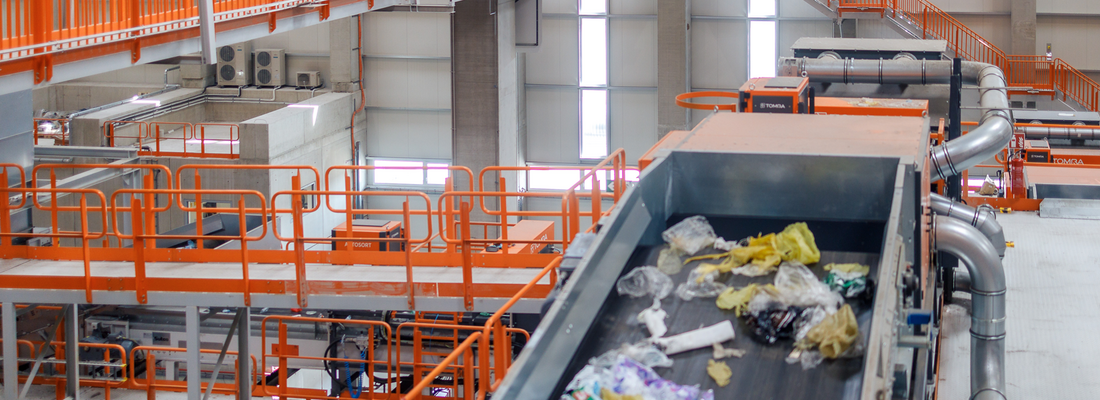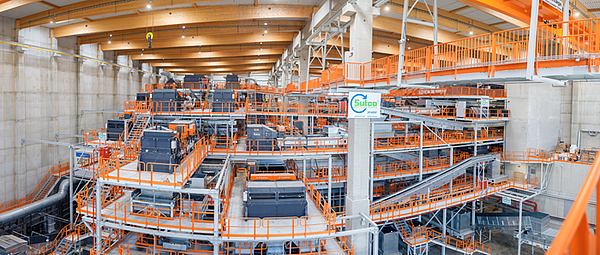TriPlast is currently undergoing commissioning and will start regular operations in the summer of 2024. The plant covers 50 per cent of Austria's sorting capacity for lightweight packaging and has the primary objective of recovering secondary raw materials. The investment of more than €65 million will generate regional added value and create 60 new green jobs at the Ennshafen Business Park.
Sorting capacity equips Austria for EU recycling quotas
The revised recycling targets of the EU's Circular Economy Package require a substantial increase in the collection of light plastic packaging. With the existing 15 Austrian plants and their sorting capacities of 1,000 to 30,000 tonnes per year, this EU recycling target is currently not achievable. 80% of all packaging must be collected, 80% sorted for recycling and an 80% yield achieved in the recycling process itself. Then the target of a 50% recycling rate for plastic packaging can be achieved. Austria currently stands at 58% x 58% x 78% - and a recycling rate of 25%. With the new TriPlast sorting plant, ARA, Bernegger and Der Grüne Punkt have created the capacity and technology in time for 2025.
The current plant infrastructure in Austria ensures a sorting depth of 58% for plastic packaging; the plant of ARA, Bernegger and Der Grüne Punkt is expected to achieve 80%. With a hall height of 25 metres, the new plant in Ennshafen, Upper Austria, will be one of the tallest in Europe, ensuring a small footprint and efficient material flow. The site is designed to be logistically sustainable, with direct rail access for simultaneous unloading of up to five block trains, enabling low-emission and climate-friendly transport by rail. The site is in a particularly favourable strategic position in view of the amendment to the Austrian Waste Management Act (AWG). In just a few years, it will be possible to transport more than ten tonnes of waste by rail over distances of just 100 km.







